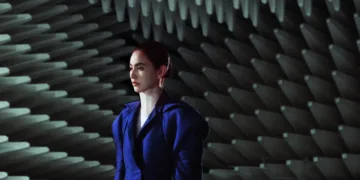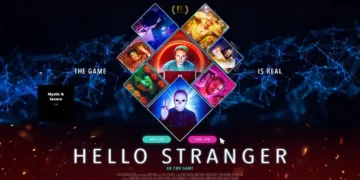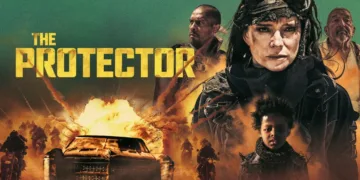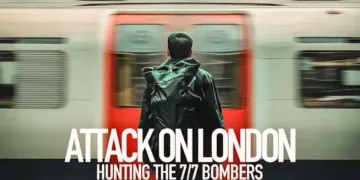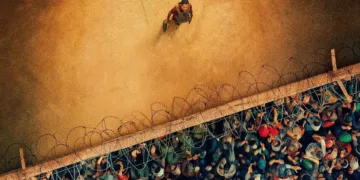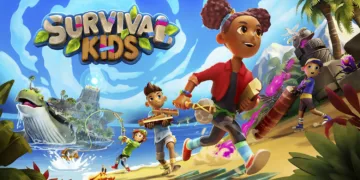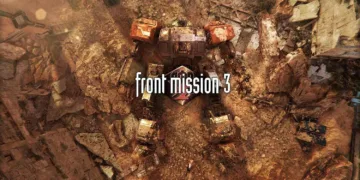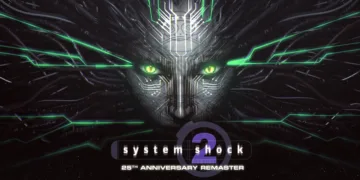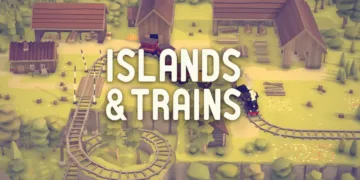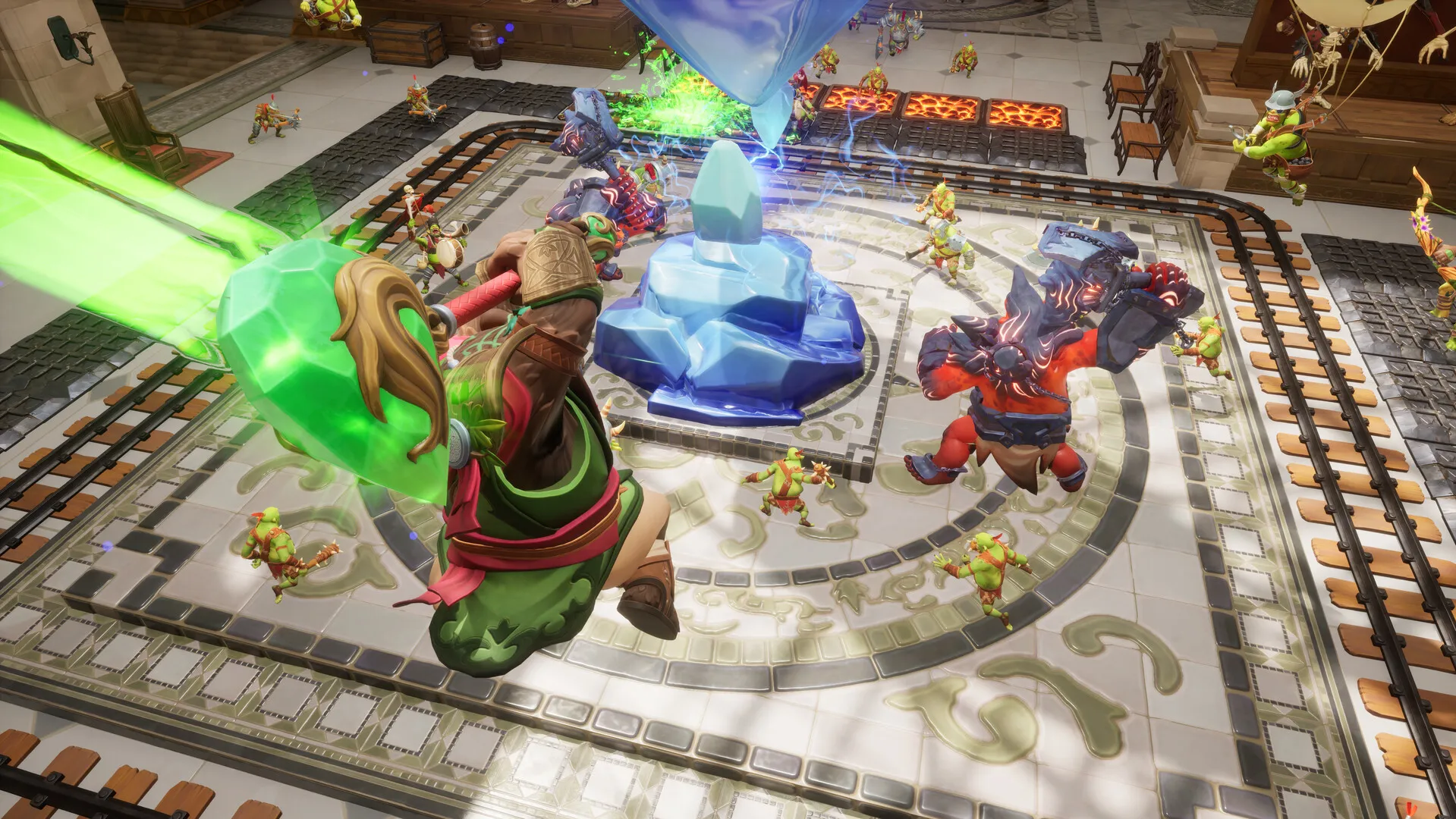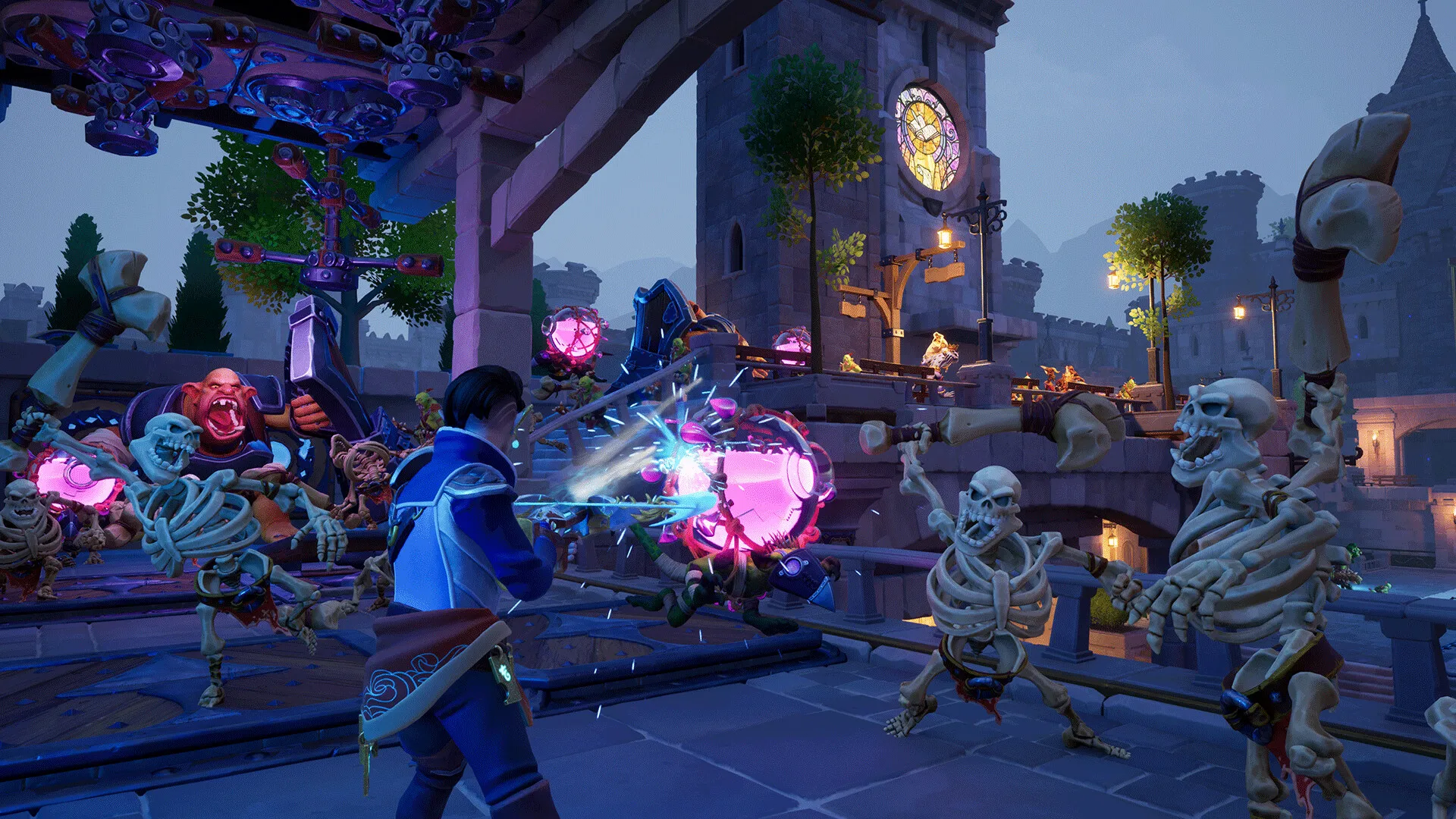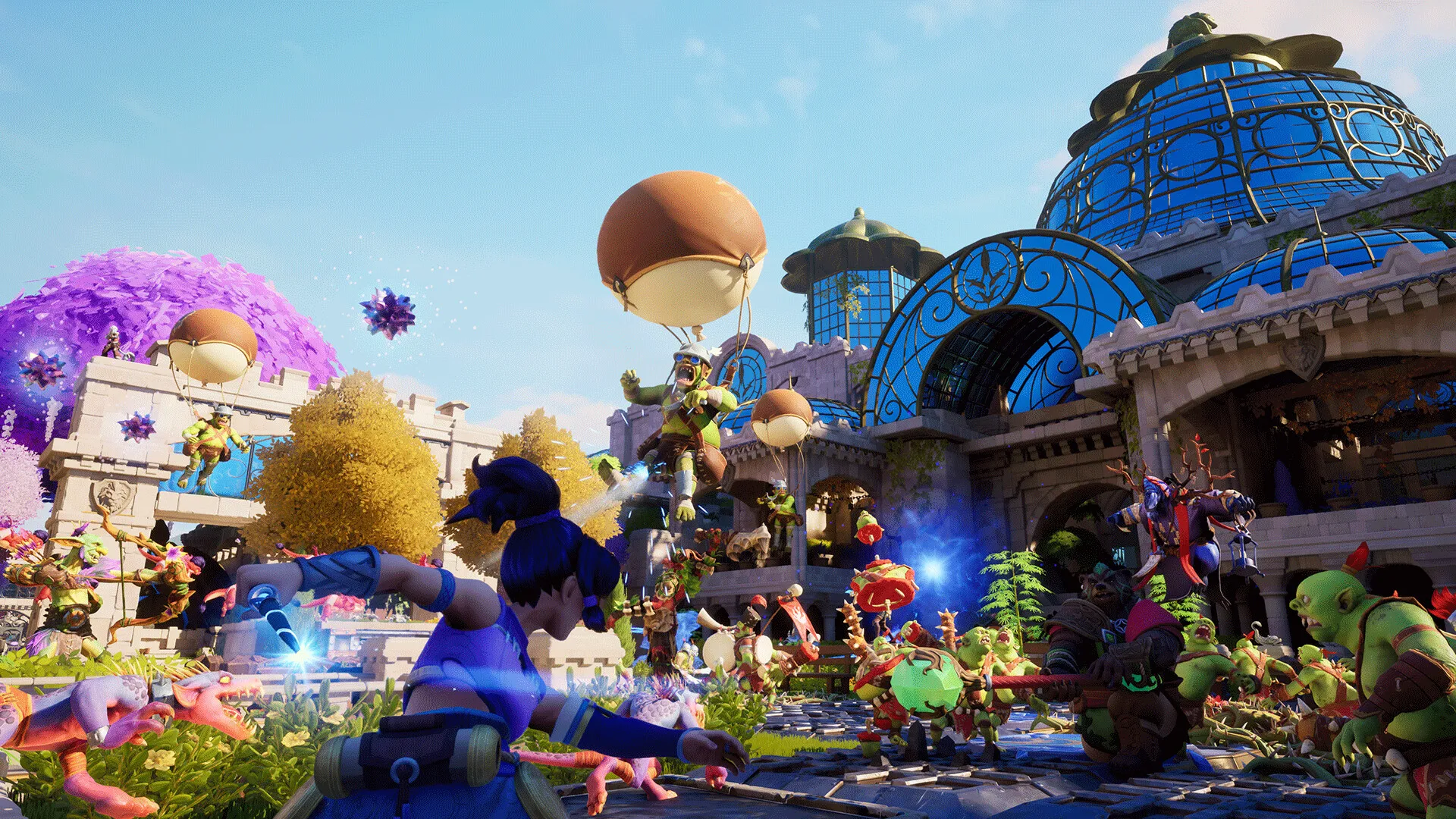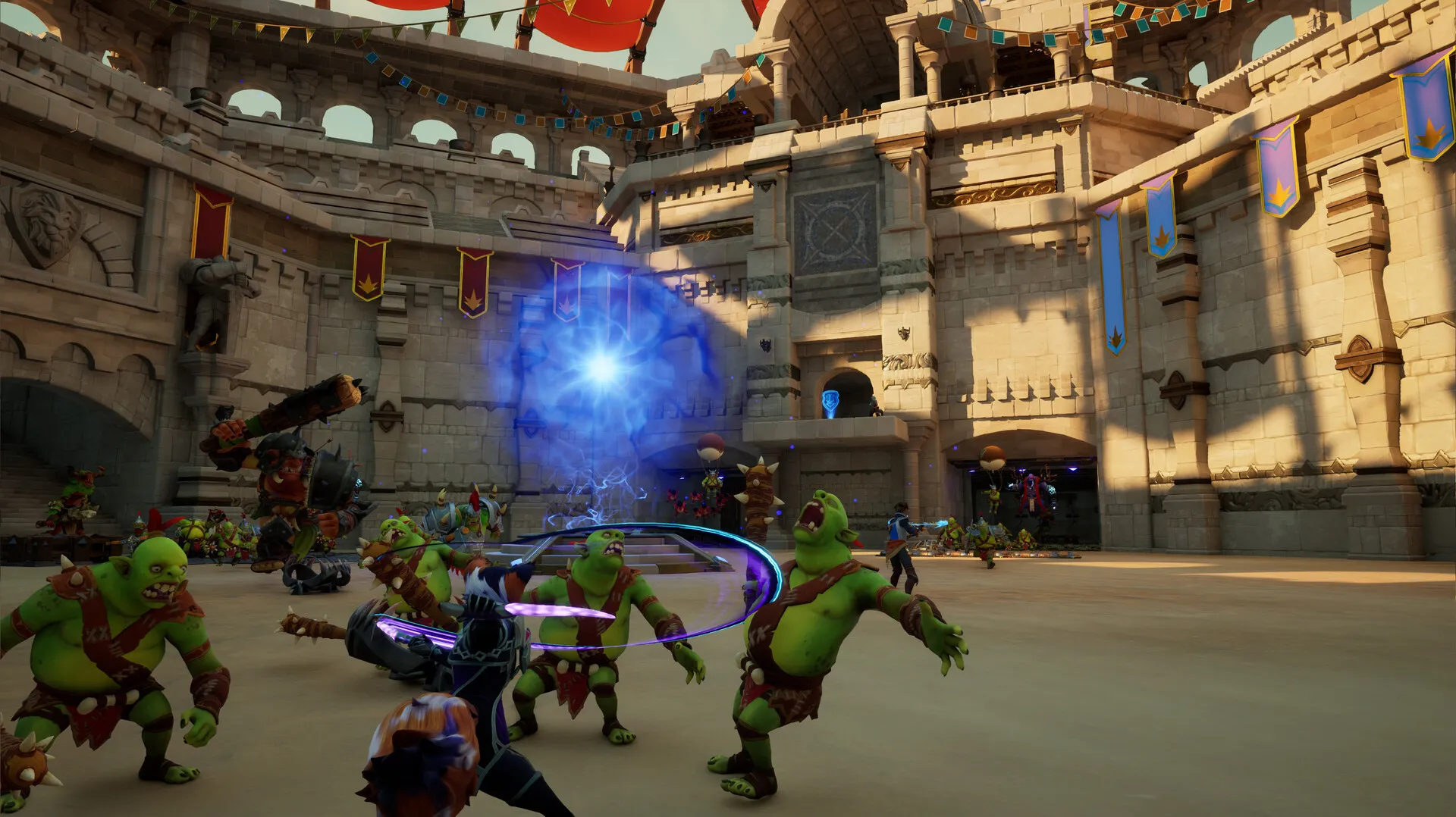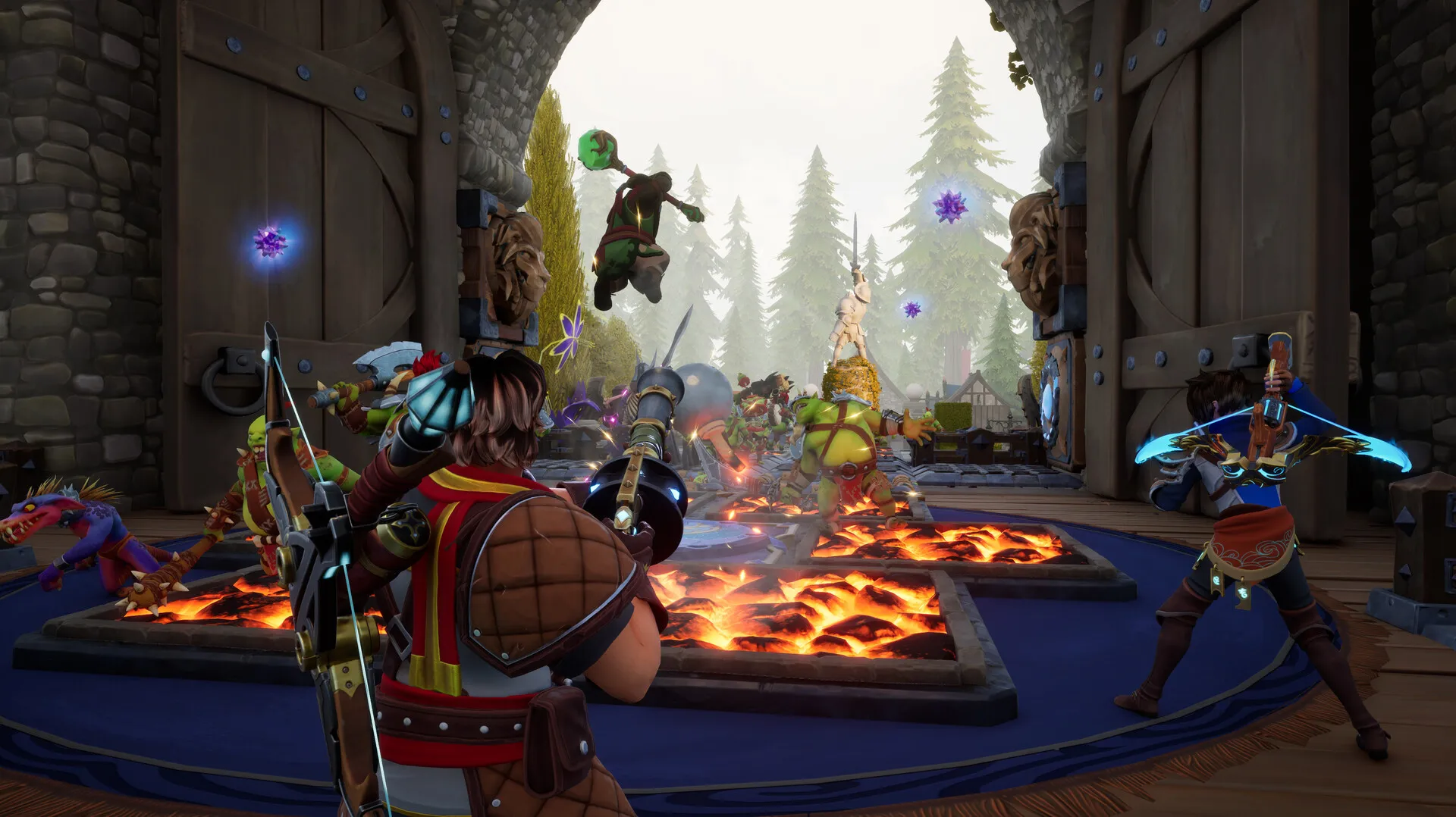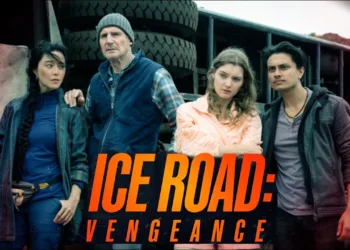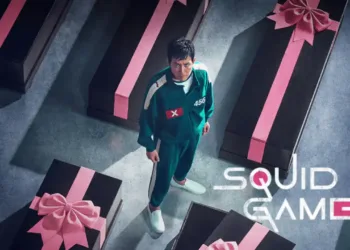Defending mystical portals against waves of fantastical adversaries forms the heart of this title. Players design and deploy a variety of mechanisms to steer relentless enemy forces into prearranged kill zones. The combat system marries strategic trap placement with brisk, third-person action, requiring thoughtful preparation alongside real-time adjustments. This design places tactical decision-making at the forefront, as every trap and upgrade carries a tangible impact on subsequent encounters.
The game unfolds in a colorful, cartoon-style world inhabited by orcs and other mythical creatures. Its visual design offers a playful counterbalance to the intense moments of combat, providing a setting that is both charming and challenging. The art direction contributes to an atmosphere where the seriousness of defending vital rifts intermingles with a lighthearted presentation of its characters and environments.
A run-based structure introduces sessions where each playthrough feels distinct. Before each run, players select from multiple level options that carry unpredictable modifiers. These modifiers alter enemy behavior and trap effectiveness, prompting adjustments in strategy. The unpredictable elements interlock with the trap system to create a dynamic narrative experience, where every decision ripples through the unfolding gameplay.
Mechanics in Motion: Strategic Trap Use and Action Combat
The trap system stands out with its diverse options for placement across the battlefield. Floor traps, wall-mounted devices, and ceiling installations each serve distinct roles in controlling enemy movement. A well-planned sequence can force adversaries into a series of hazards, yielding rewarding combos when several mechanisms trigger in succession.
For example, arranging a floor trap followed by an overhead hazard may leave foes exposed to a barrage of damage, a design that rewards both careful planning and the ability to adapt quickly in the heat of battle. Such interactions invite comparisons to systems found in tactical indie titles, where precise timing and spatial awareness often dictate success.
Resource management also plays a vital role. Players collect in-game currencies like cash and golden skulls by defeating foes, with these funds later used to unlock new trap types or improve existing defenses. Threads, a secondary currency, allow for further modifications to trap performance and character abilities. This incremental system of upgrades presents choices that can alter the gameplay experience with each run.
Some upgrades yield immediate benefits, while others require longer-term investments. The design encourages careful thought about resource allocation, challenging players to decide between short-term gains and long-term strategic planning. The trade-offs here mirror the decisions seen in well-crafted RPG systems, where every choice carries weight and visible impact.
Real-time combat forms the other half of the equation. While players set up elaborate trap configurations, they also engage directly in combat, requiring them to react to enemy behavior and unpredictable physical interactions. The fluid movement system makes it necessary to shift between defensive setup and active participation.
Encountering an unexpected enemy charge or a sudden change in environmental conditions forces a rapid reassessment of strategy. This duality between premeditated trap placement and immediate, on-foot combat requires a fine balance. The interplay is reminiscent of action-RPG experiences where the narrative of each encounter evolves through player decisions.
In practice, the system rewards those who can switch gears without hesitation. The combination of deliberate trap deployment with the need for real-time reaction creates a gameplay loop that is both challenging and satisfying.
Players find themselves experimenting with different configurations, discovering that even small changes in trap order or positioning can lead to significant shifts in the flow of battle. The result is a system that continuously tests tactical flexibility, inviting a wide range of strategies while maintaining a clear connection between player choice and in-game consequences.
Puzzle Maps and Shifting Tactics
The level design employs grid-based maps that demand spatial reasoning from players. The layout creates distinct challenges through narrow passageways and open corridors that force careful trap placement.
Certain stages, such as an industrial shipyard or a sprawling town square, require players to adjust their setups when confronted with multiple entry points and unexpected enemy paths. The configuration of walls, corners, and corridors transforms each level into a puzzle that interacts directly with the trap mechanics.
The structure introduces a choice of stages that come with additional modifiers. These modifiers alter enemy characteristics and environmental conditions—enhancing enemy speed or modifying trap performance—and compel players to adjust their approach for every run.
This random element injects a shifting level of challenge into each session, urging gamers to modify their strategies quickly when faced with new conditions. The resulting tension keeps the experience fresh, a trait often seen in titles from the indie and RPG genres where variable level design plays a central role in player engagement.
Boss encounters break up the recurring waves of standard foes. Arriving after several rounds, these battles require a shift from regular tactics to meet heightened challenges. Overcoming a boss opens up further stages, with each victory raising both the risk and the potential rewards. The pacing of these missions gradually tests the player’s ability to manage resources and adjust to tougher scenarios, ensuring that every run provides its own set of hurdles and opportunities.
The combination of structured maps, random modifiers, and challenging boss fights creates a dynamic framework that rewards flexible thinking. Each session calls for a reassessment of strategy, leaving players with a palpable sense of achievement as they adapt to new puzzles and unexpected shifts. The design supports multiple tactical approaches, ensuring that even a well-prepared plan might require swift revision in the face of unforeseen twists.
Archetypes and Abilities in Combat
The selection of characters presents a variety of combat styles that cater to different approaches to both trap construction and direct engagement. Some characters are built for swift, precise strikes from afar, moving rapidly to trigger trap sequences, while others serve as stalwart figures who absorb enemy attacks and secure key areas.
There is also a set equipped with magical or tactical tools that modify trap performance or summon temporary support, adding layers to the strategy. Each choice carries implications for how a player shapes their battlefield and responds to shifting enemy tactics.
In terms of abilities, each character provides a distinct toolkit that influences trap deployment and the flow of combat encounters. One option might feature skills that produce duplicates to divert enemy focus, permitting intricate trap arrangements that disrupt opposing forces.
Another may offer enhancements that boost trap effectiveness for a brief interval, allowing concentrated damage during pivotal moments. These capabilities encourage careful planning while leaving room for spontaneous maneuvers amid hectic skirmishes.
Solo play demands a thoughtful selection that complements a player’s personal style, with an emphasis on leveraging character strengths to cover vulnerabilities. In multiplayer sessions, a mix of combat roles nurtures coordinated actions, where one player’s rapid strikes and another’s defensive traits combine in synchronized efforts.
This dynamic prompts strategic collaboration and ensures each session remains unpredictable, as team composition and individual decisions shape the unfolding challenges. The interplay among different character abilities cultivates a sense of ownership over tactical decisions, leaving room for experimentation and occasional surprises during extended runs.
Art, Sound, and Interface Dynamics
The game presents a playful visual design inspired by classic cartoons, imbuing the fantasy setting with bright colors and distinctive character designs. Environments span mystical forests and ancient ruins, with atmospheric lighting and subtle weather effects that alter each scene.
Enhanced illumination during dusk or stormy conditions adds mood to action scenes, creating a dynamic visual experience that responds directly to gameplay events.
Sound plays a key role in guiding players through combat and exploration. Clear audio cues mark enemy movements and trap activations, while the musical score adapts to moments of tension and victory. Character voices contribute lively personality to interactions, making each encounter feel charged with emotion. These sound elements combine to provide cues that are both informative and immersive.
The interface is built for accessibility, offering adjustable volume controls, dialogue pacing, and camera sensitivity. Customization options let players refine the display and controls to suit individual preferences.
These settings ensure that players across all skill levels can tailor the experience to match their play style, creating a presentation that accommodates diverse approaches without sacrificing clarity or immersion. Each visual and audio detail supports gameplay decisions and enriches the emotional impact of strategic encounters. Every aspect matters deeply.
Team Play Dynamics
The four-player cooperative mode emphasizes shared responsibility and precise coordination. In this setup, each team member contributes to both defense and offense, with resources like barricades allocated among players.
This design demands that teammates plan together to cover weak points and adjust trap placements on the fly. When one player secures a choke point, others must complement that effort by managing overlapping enemy approaches and reinforcing defense lines.
Clear communication is essential as teams work to align their tactics. Players must decide in real time who takes charge of direct combat while others focus on setting up or repairing traps. The necessity for rapid role assignment can sometimes lead to tension, especially when shared resources fall short during hectic moments. Nonetheless, successful cooperation often results in coordinated setups that effectively channel enemy waves into lethal kill zones.
Co-op sessions introduce an ever-changing set of challenges with each run. The pace at which enemy waves arrive and the unpredictable modifiers applied to levels ensure that even seasoned teams must continually refine their strategies.
This variability enriches the multiplayer experience, offering a persistent incentive to experiment with different team compositions and tactical approaches. The interplay between individual decisions and collective strategy keeps the experience fresh, with every session feeling distinctly different.
Persistent Progression and Strategic Investment
The game introduces a progression model built around roguelite principles. Players gradually unlock new trap types and character abilities with each play session.
Permanent enhancements combine with smaller, incremental improvements to adjust various gameplay parameters. This system rewards experimentation and careful resource management while preserving a sense of advancement between runs.
At the end of each level, a choice emerges: secure current earnings or risk them to access additional upgrades. This decision creates a tangible tension, as the outcome directly influences upcoming challenges. Selecting a more aggressive upgrade path may yield better capabilities but also exposes players to tougher scenarios. Such decisions carry noticeable consequences, encouraging a careful weighing of immediate needs against long-term benefits.
Randomized level layouts and variable challenges further enrich the experience. Each run presents a fresh configuration of enemy waves and environmental obstacles, requiring new tactical approaches. Although some map elements repeat, the modified conditions and upgrade paths keep the gameplay dynamic.
The interplay between unlocking abilities and managing risk offers a continuous cycle of challenge and reward that appeals to both seasoned strategists and newcomers. This structure invites repeated playthroughs, each shaped by the choices made during previous sessions, ensuring a lasting engagement with the game’s evolving challenges.
The Review
Orcs Must Die! Deathtrap
Orcs Must Die! Deathtrap delivers solid trap-based action with inventive roguelite progression that keeps each run unpredictable. The bright visuals and immersive sound design heighten strategic decisions, making every play session feel consequential. Although occasional repetition in level design and gradual upgrade increments might test some players' patience, the game successfully marries tactical planning with high-energy combat. The balance between challenge and accessibility makes it appealing for both newcomers and veterans.
PROS
- Engaging trap mechanics that reward creative strategy
- Innovative roguelite progression with evolving challenges
- Dynamic level design with unpredictable modifiers
CONS
- Occasional repetition in level layouts
- Incremental upgrades may feel slow or subtle
- Resource management can become demanding in co-op




















